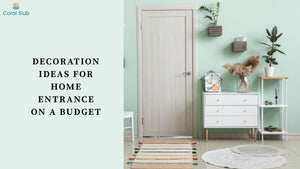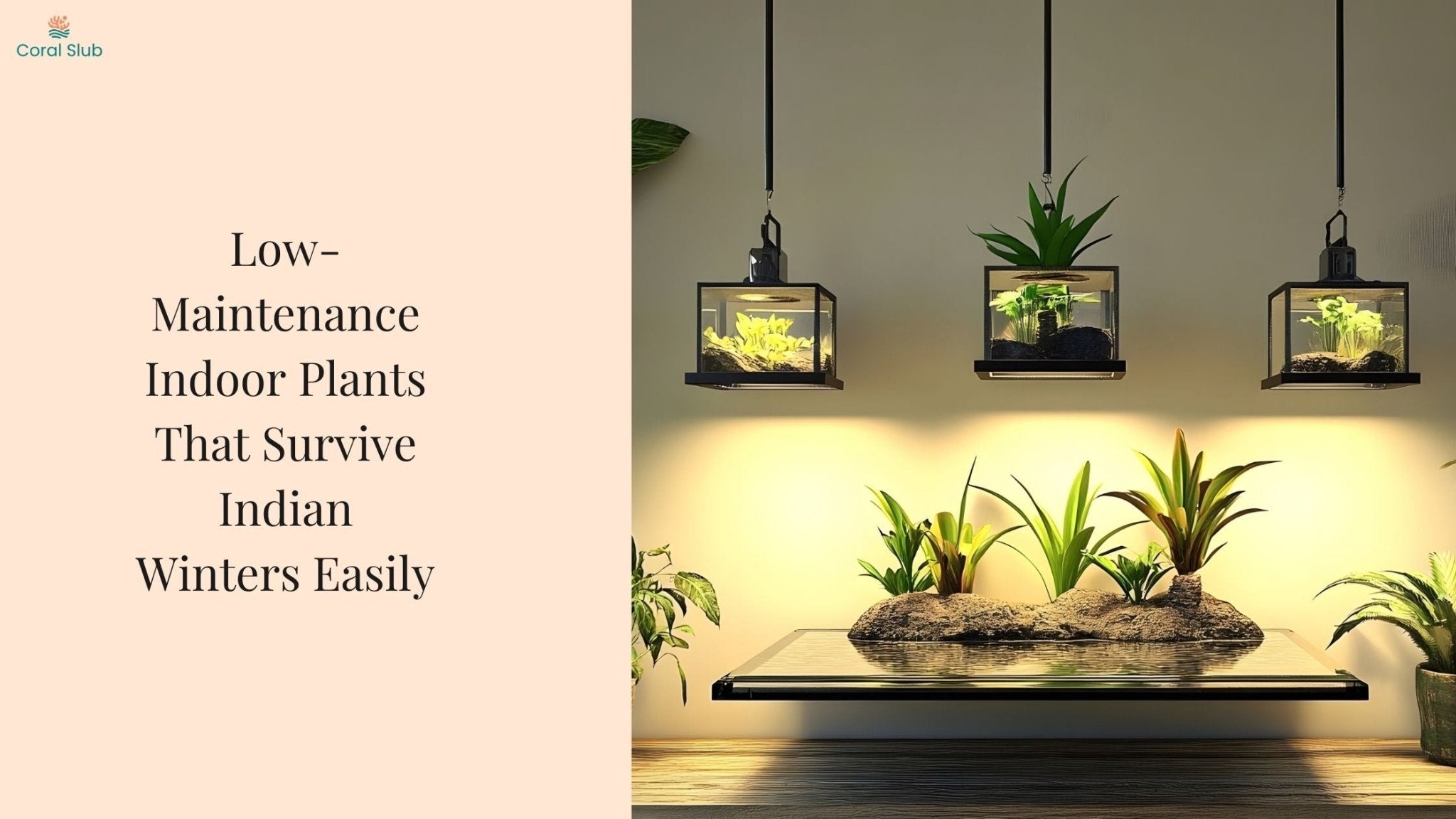Where should I hang wall art in my living room so it looks balanced and well-styled?The most effective way to place wall art in a living room is to hang it at eye level, around 57 to 60 inches from the floor, or approximately 6 to 8 inches above a piece of furniture like a sofa or console. The artwork should be scaled to the furniture it sits above and positioned with thoughtful spacing and alignment.
Why Wall Art Placement Can Make or Break a Living Room

Wall art is one of the most overlooked elements in living room decor, but its placement can significantly impact how finished or harmonious a space feels. A piece hung too high can look disconnected, while art that’s too small can get lost against a blank wall. When thoughtfully placed, art has the power to ground your furniture, enhance proportions, and bring attention to the parts of the room you want to highlight.
Hang Art at the Right Height

The most widely recommended height to hang wall art is between 57 and 60 inches from the floor to the center of the piece, which aligns with average eye level. This rule comes from museum and gallery standards and generally works well in residential spaces, too.
However, if you are hanging artwork above furniture such as a sofa, sideboard, or console table, the measurement changes. In these cases, the bottom of the artwork should sit approximately 6 to 8 inches above the furniture. This creates a visual connection between the furniture and the art without crowding the space.
Choose Art That’s the Right Scale

One of the most common mistakes people make is hanging artwork that is too small. To ensure balance, wall art placed above a sofa or other large furniture should typically span about two-thirds the width of the furniture below. For example, if your sofa is seven feet wide, your artwork or collection should be around four to five feet in width combined.
If you’re working with smaller frames or prints, consider grouping multiple pieces together to create a visual unit that meets this size guideline. Symmetry and spacing are key to making a gallery arrangement look intentional rather than random.
Align Art with Furniture and Fixtures

In most Indian homes, large items like sofas, television units, and display consoles act as natural anchors for wall art. When hanging artwork above these pieces, align the center of the art with the center of the furniture. If you’re hanging more than one piece, maintain consistent spacing between each frame ideally between 2 to 3 inches apart.
For walls without furniture below, such as a hallway corner or a blank stretch of wall, treat the space like its own zone. Use artwork to guide the eye or to break up large, bare surfaces. Vertical artwork works especially well in narrow wall sections or in areas with tall ceilings.
Use Gallery Walls Strategically

Gallery walls offer flexibility and can showcase a range of prints, photos, or textile-based art. To keep the layout looking cohesive, choose frames that relate in either color, material, or style. Plan the arrangement by first laying it out on the floor or marking the outlines with painter’s tape on the wall.
A useful method is the centerline approach, where all pieces are arranged so their centers align along a single horizontal line, usually at eye level. This creates balance even if the frames are of different sizes. Leave at least 2 to 3 inches between frames to avoid visual clutter.
Consider the Purpose of the Room
 Not all living rooms serve the same function. In formal spaces, opt for structured, symmetrical arrangements. In more casual family rooms, you can experiment with asymmetry or eclectic art choices. If you’re styling a small space, vertical or tall narrow frames can help draw the eye upward and create the illusion of height.
Not all living rooms serve the same function. In formal spaces, opt for structured, symmetrical arrangements. In more casual family rooms, you can experiment with asymmetry or eclectic art choices. If you’re styling a small space, vertical or tall narrow frames can help draw the eye upward and create the illusion of height.
In open-plan layouts, wall art can also help define zones such as placing a framed textile or painting above a dining area to separate it visually from the lounge. Artwork becomes part of your interior architecture and can guide how the space is used and perceived.
Coordinate Art with Other Textiles and Decor

Wall art shouldn’t feel like an afterthought. When possible, coordinate it with your existing palette and materials. For example, a piece of art featuring indigo or ochre tones will feel more integrated if your cushions or rugs carry a similar hue.
Home textile elements such as chikankari cushions or hand-block print table covers can work in tandem with artwork to create a cohesive look. Using a consistent visual language across art, textiles, and accent pieces gives the room a unified feel without making it look too styled or artificial.
Mistakes to Avoid When Hanging Wall Art
Some placement mistakes can make even the most expensive artwork look poorly chosen. Avoid hanging art too high, as it makes the piece feel disconnected from the rest of the room. Art that is too small or poorly spaced also looks awkward.
Avoid placing artwork in direct sunlight or too close to air vents or windows. Especially in Indian climates, where dust and heat are factors, it's important to keep wall art safe from long-term wear.
Final Thoughts
Wall art placement is both an art and a science. With a few simple rules: eye-level height, proper scale, centered alignment you can dramatically improve how your living room feels. The key is to think of artwork as part of the room’s structure rather than just an accessory. When placed thoughtfully, it helps tell the story of your space and elevates even the simplest decor.
Whether you're displaying a bold statement piece or curating a gallery wall, following these practical guidelines will help you create a living room that looks intentional, balanced, and complete.








